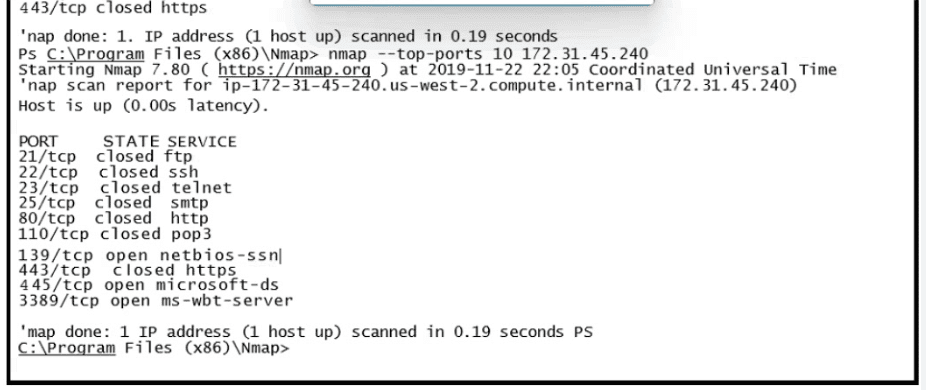Cisco 200-201 - Understanding Cisco Cybersecurity Operations Fundamentals (CBROPS)
A forensic investigator is analyzing a recent breach case. An external USB drive was discovered to be connected and transmitting the data outside of the organization, and the owner of the USB drive could not be identified. Video surveillance shows six people during a two-month period had close contact with the affected asset. How must this type of evidence be categorized?
A member of the SOC team is checking the dashboard provided by the Cisco Firepower Manager for further Isolation actions. According to NIST SP800-61, in which phase of incident response is this action?
A user reports difficulties accessing certain external web pages. When an engineer examines traffic to and from the external domain in full packet captures, they notice that many SYNs have the same sequence number, source, and destination IP address, but they have different payloads. What is causing this situation?
Refer to the exhibit.

What should be interpreted from this packet capture?
What is the difference between attack surface and vulnerability?
What is the difference between inline traffic interrogation and traffic mirroring?
Refer to the exhibit.

What does this output indicate?
Which type of data must an engineer capture to analyze payload and header information?
How does an SSL certificate impact security between the client and the server?
How low does rule-based detection differ from behavioral detection?



